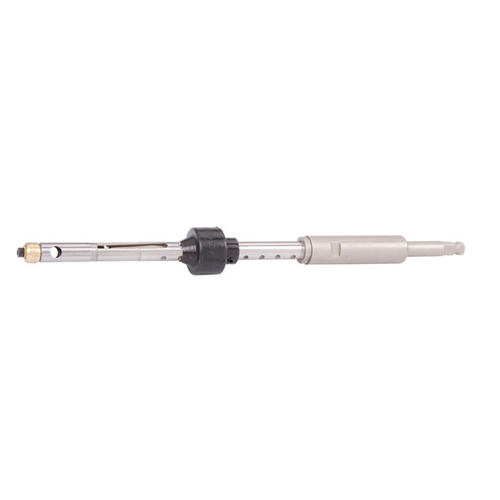One of the most common approaches offered to an underground contractor is the Pilot Tube Method. Pilot tubes are constructed with the high precision necessary in the gravity flow sewer sector, while also using elements from other trenchless technologies including micro tunneling, auger boring, pipe ramming, and horizontal directional drilling to install a range of final product pipe.
Displaceable soils can be used with any tube pilot system. Additional tooling and accuracy tolerance may be required to install pilot tubes in non-displaceable soils, changeable ground, and rock. The pilot tube’s installation is only the start of guided boring technology’s adaptability. The pilot tube method is a multistage process that involves using a guided pilot tube to correctly install a pipe to line and grade, followed by upsizing to install the pipe.
Grooving is a type of turning option that involves cutting grooves or forming a narrow cavity of a certain depth on the part’s external, internal, cylinder, cone, or face. A grooving tool is a carbide insert that is fixed in a tool holder and can be used to cut external or internal grooves, as well as perform a variety of other machining operations. Grooving inserts come in a variety of styles, including single tips and numerous tips for various setups. More advice about grooving tools will help you save money and get more done.
Grooving is best done with the tooltip slightly below the centerline. When the tool top is above the centerline, the inner diameter grooving performs well. Face grooving requires holding the tool slightly above the center line and moving it in an axial direction, the tool’s clearance radius must match the radius being cut. Machinist face one of the most difficult turning operations while cutting grooves. Grooving tools are frequently slender and delicate. Chips can be difficult to remove since they have three sides in touch with a part. This is the reason why the grooving tool needs to be chosen properly.
On workpiece shoulders, grooving or recessing operations, also known as necking operations, are frequently performed to ensure that mating pieces fit correctly. When a thread must run the entire length of a part to reach a shoulder, a groove is frequently machined to allow the nut to travel the full length of the part. Prior to cylindrical grinding operations, grooving the workpiece permits the grinding wheel to grind the workpiece fully without hitting the shoulder. Face grooving operations feed the tool axially rather than radially toward the workpiece’s end surface. Because the tool must conform to the groove’s radial curve, the blade is curved.
Pipe-facing machines are designed to process both ends of a pipe in order to produce a finished product with precisely machined surfaces, including angled machining, on both the external and internal surfaces. The pipe facing machine is thus very useful to the general public. Pipes are safely and effectively moved from one manufacturing stage to the next using special pipe handling systems that are tailored on single or multiple head machines. Facing will exactly reduce the work piece’s length to its final length. A machinist can make roughing or finishing cuts.




